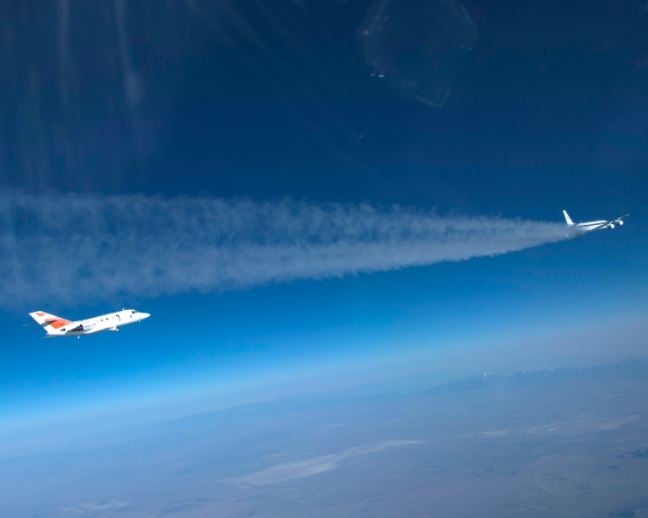Aviation accounts for 2% of human-generated global carbon dioxide emissions (total of 36 billion tonnes of CO2 produced by humans in 2013 according to ATAG), with over 3 billion passengers carried by the world’s airlines (figure from 2013) and 1.5 billion barrels of Jet A-1 fuel consumed annually. The IPCC (Intergovernmental Panel on Climate Change – a United Nations organization that assesses scientifics, technical and economic information on climate change) forecast that by 2050 the aviation industry will emit about 5% of the potential warming effect of all human-generated emissions (based on economic growth and including fuel efficiency developments, improved air traffic control).
Airplanes and greenhouse gases
According to the National Greenhouse Gas Inventory 2011, Australia’s civil aviation industry contributed a total of 17.7 million tonnes of carbon dioxide emissions (705 million tonnes worldwide reported by the ATAG in 2013), or roughly 3% of Australia’s total emissions, 60% of which was due to international operators.
Side note: Australia’s transport sector accounts for 17.7% of the nation’s total emissions, of which 17.7% of that total is from aviation emissions.
Efficiency improvements that have been made in aviation:
- Improved air traffic management, like flexible flight tracks, sequencing and management
- Aircraft with improved fuel efficiency, like the A380 and B737 (the latter of which is in common use on domestic routes and is 20% more efficient that earlier models and the former uses “less than 3 litres of jet fuel per 100 passenger kilometres. This matches the efficiency of most modern compact cars.”) According the ATAG jet aircrafts are over 70% more fuel efficient per seat kilometre than the first jets in the 1960s.
- Improved airports – Australian airports are implementing measures including green star rated commercial developments, energy and water audits, recycling and creating biodiversity zones.
Thanks to improvements in the industry, according to the ATAG by 2050 net aviation carbon emissions will be half of what they were in 2005.
Interesting note: back in 2014 The Guardian ran an article, after a documentary run by the BBC highlighted specific celebrities who clocked up the most miles in the air and therefore have significant contributions to the aviation carbon footprint.
- They claim Tom Cruise as one of the most notorious polluters as they claim the eco-lobby dub him “emissions impossible”, owning 3 private jets.
- John Travolta, who famously owns his own aircraft hanger for his Boeing 707, Gulfstream jets and Lear jet.
- David Beckham, along with his wife Victoria, who’s international trips produce an estimated 15,000kg in carbon dioxide each year
- Roman Abramovich, a Russian governor who owns a Boeing 767, large enough to seat 180 people!
These celebrities and their huge carbon footprints might leave the average Australian’s carbon footprint in the dust but every little helps and the aviation industry will remain a steady (if small factor at the moment – 74% of CO2 emissions from transport is from road transport) to rising levels of CO2 and the ever growing threat to climate change.



